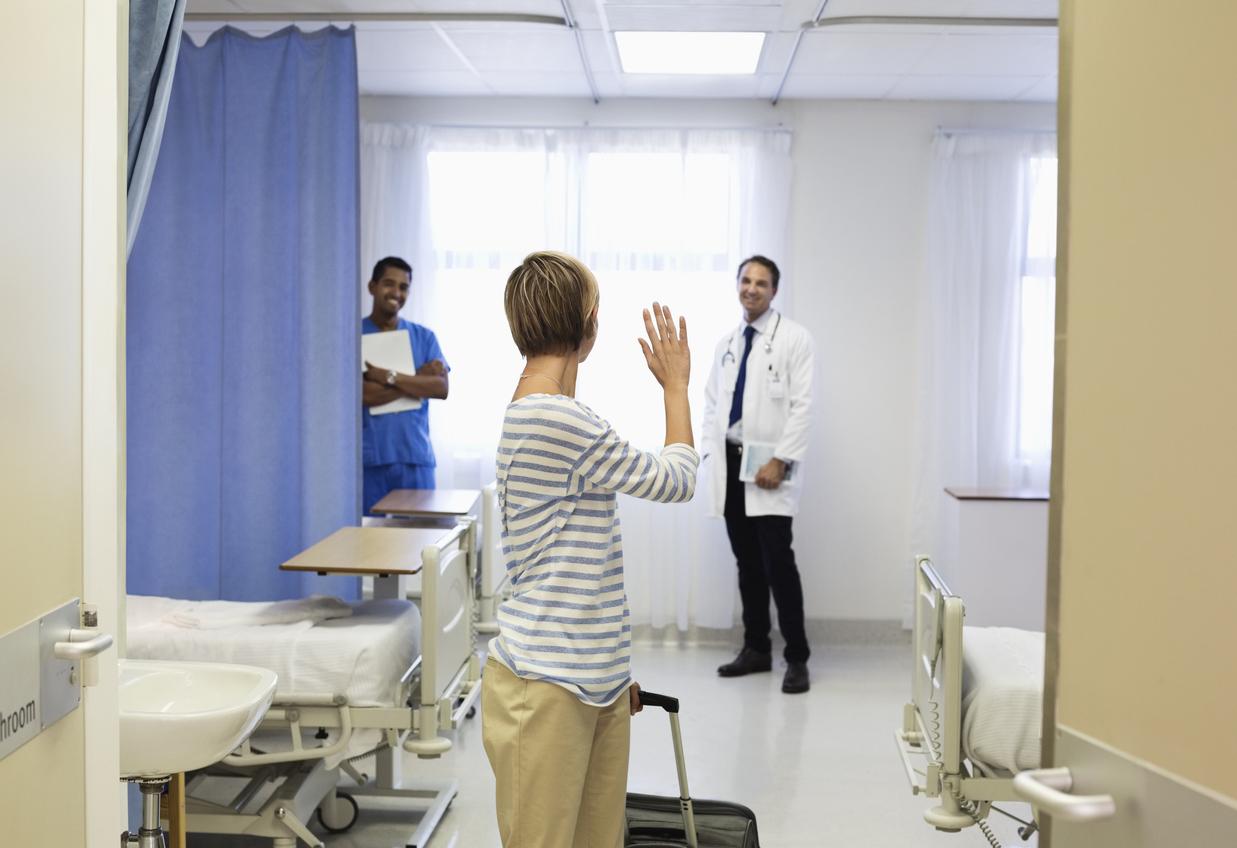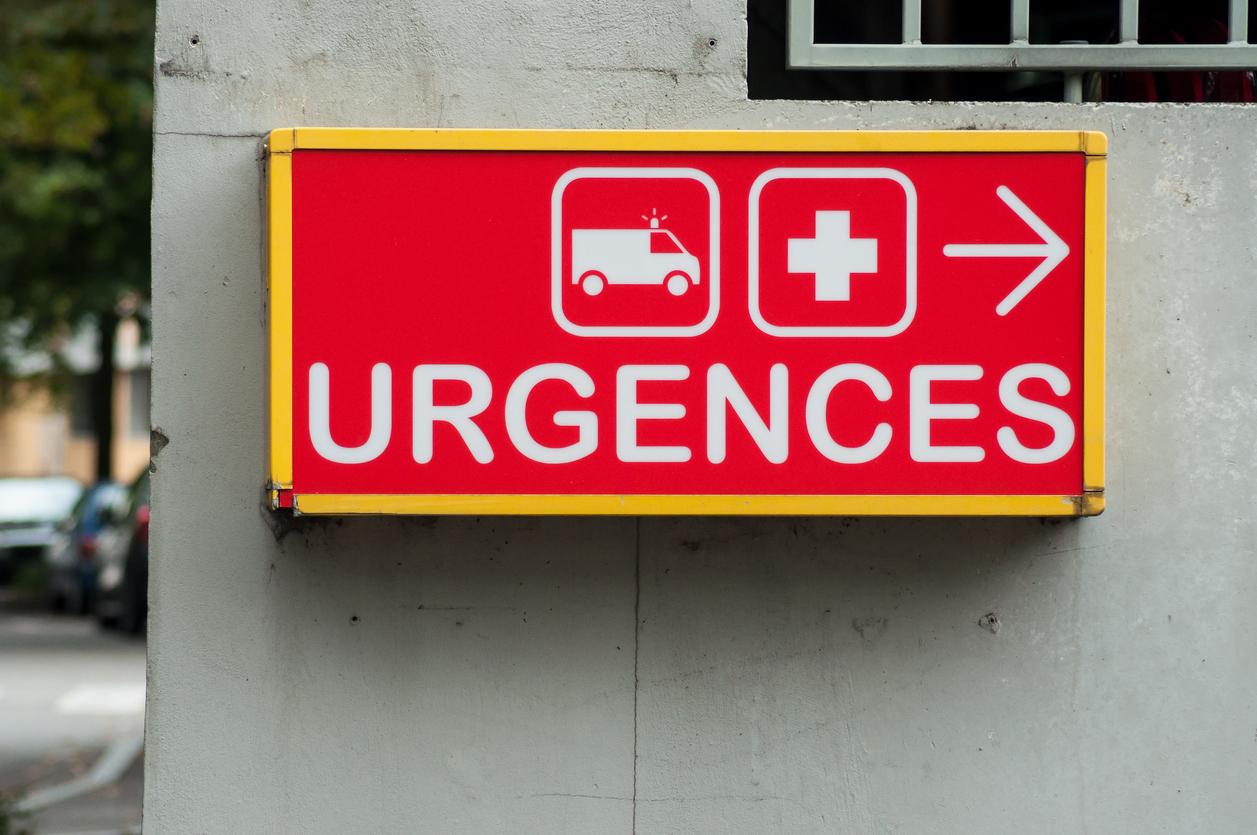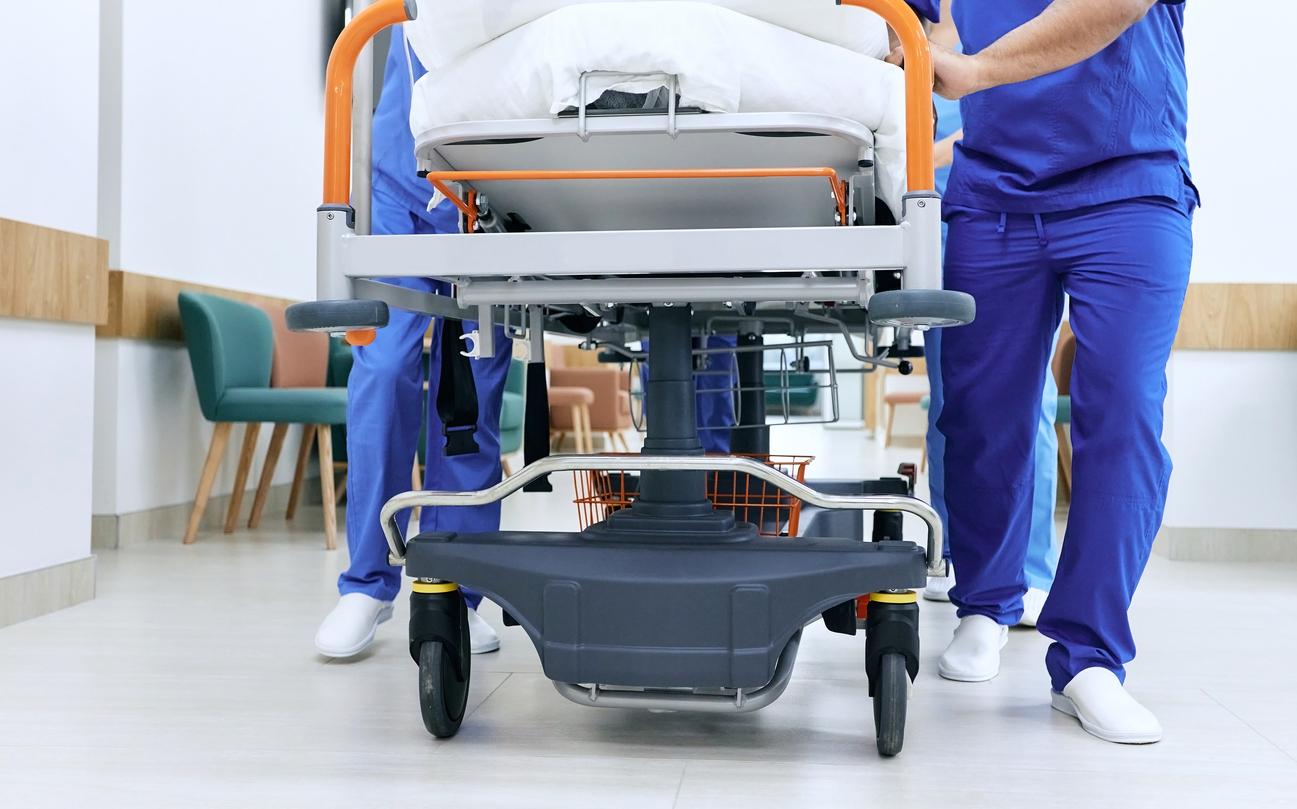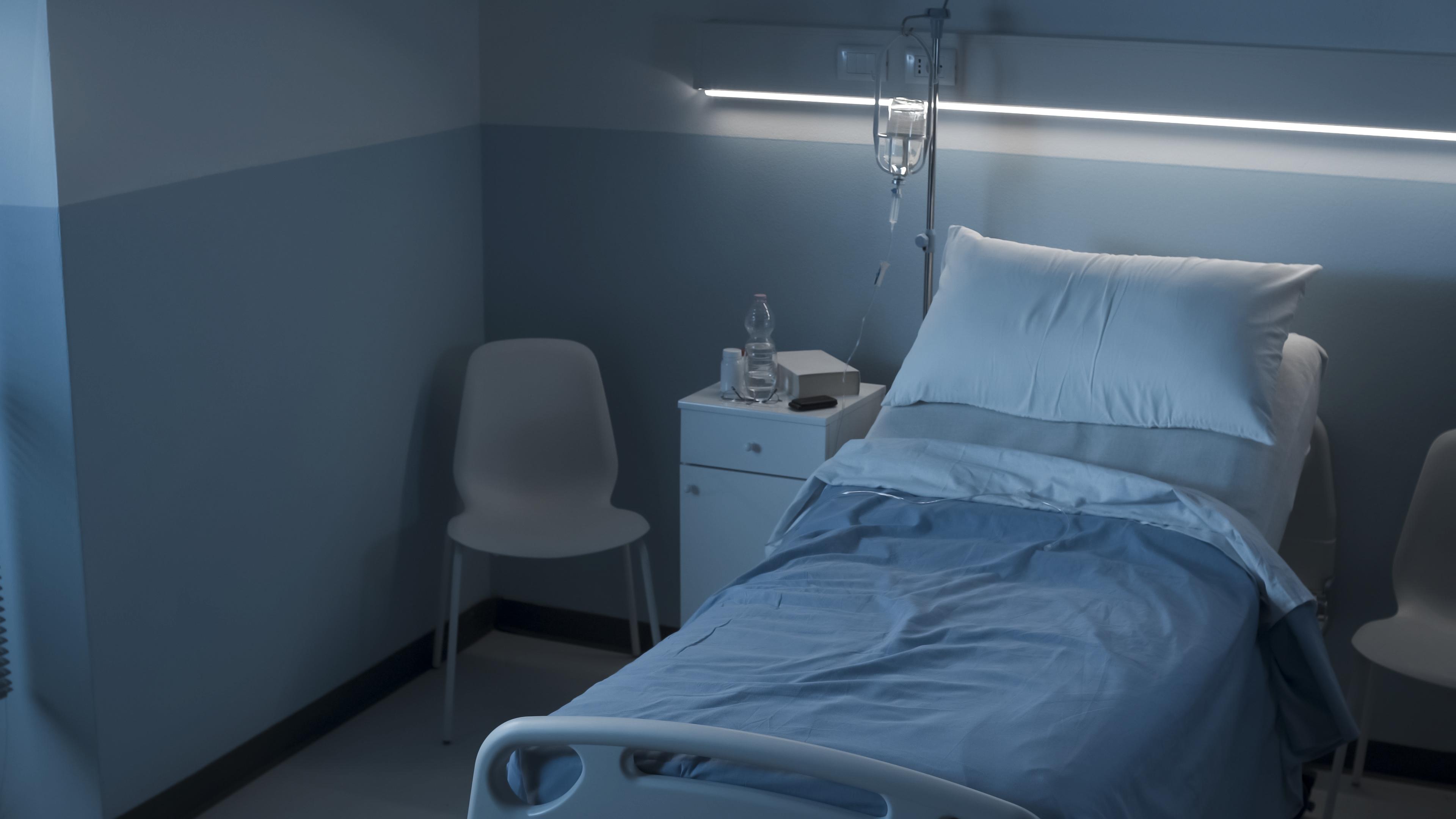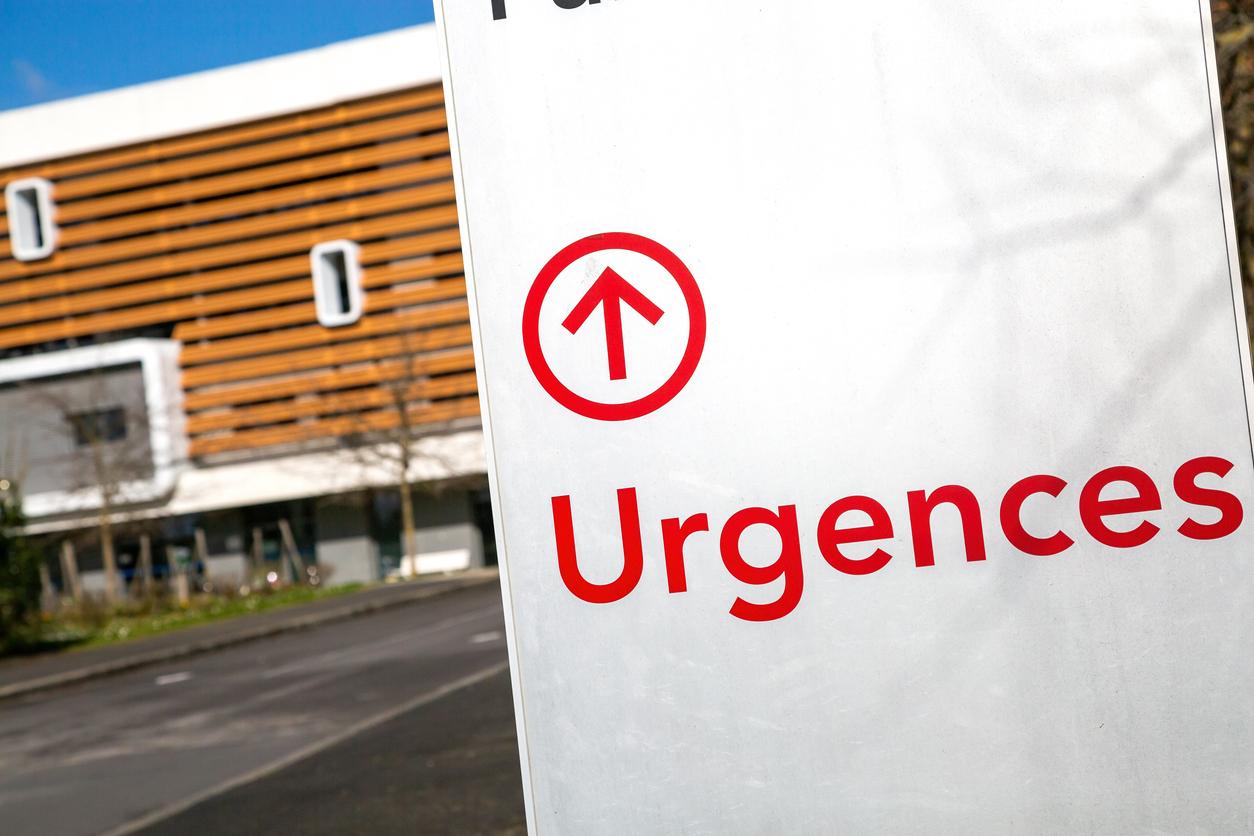Poor hand hygiene can be the cause of nosocomial infections. For this reason, the IBM company created a chip to monitor the behavior of caregivers.

The US Centers for Disease Control and Prevention (CDC) estimates that nearly two million patients contract a nosocomial infection each year in the United States. They are the cause of 90,000 deaths per year. And many times these deaths are due to bacteria passing from patient to patient, sometimes through a doctor or nurse. Faced with this risk, hand washing is by far the easiest solution to protect yourself. But enforcing this requirement is sometimes difficult for institutions. For this reason, the American company International Business Machines Corporation (IBM) has just presented a model of radio-identification chip capable of monitoring the behavior of hospital patients.
Fleas all over the hospital and on caregivers
The installation of the device is very simple. To test the product’s effectiveness, IBM outfitted two floors of an Ohio hospital with an array of 100 LMT sensors, in hallways, doors, and handwashing stations. All the doctors and nurses were then fitted with an RFID chip, allowing the LMT network to track their movements around the hospital. As a result, if a hospital worker enters a patient’s room without first washing their hands, the professional’s fault will be transmitted directly to the central server.
Half of healthcare professionals wash their hands properly
At the end of the day, this same central server performs a “compliance report.” This service also produces this document on a weekly basis. It actually indicates the average level of compliance with hygiene instructions for each health professional according to his position. According to the first results collected by the IT giant, the current compliance rate is low (50%). This figure is also reminiscent of another French figure recently unveiled: according to a survey presented in February on the sidelines of the general survey of nosocomial infections, 21% of nurses would not wash their hands before placing a catheter. For all these reasons, IBM therefore indicates that this process could save thousands of lives and billions of dollars.
This invention could perhaps be of interest to certain French hospitals, sometimes singled out for their high rate of nosocomial infections. With 4000 deaths per year, they kill as much as road accidents in France.
.










